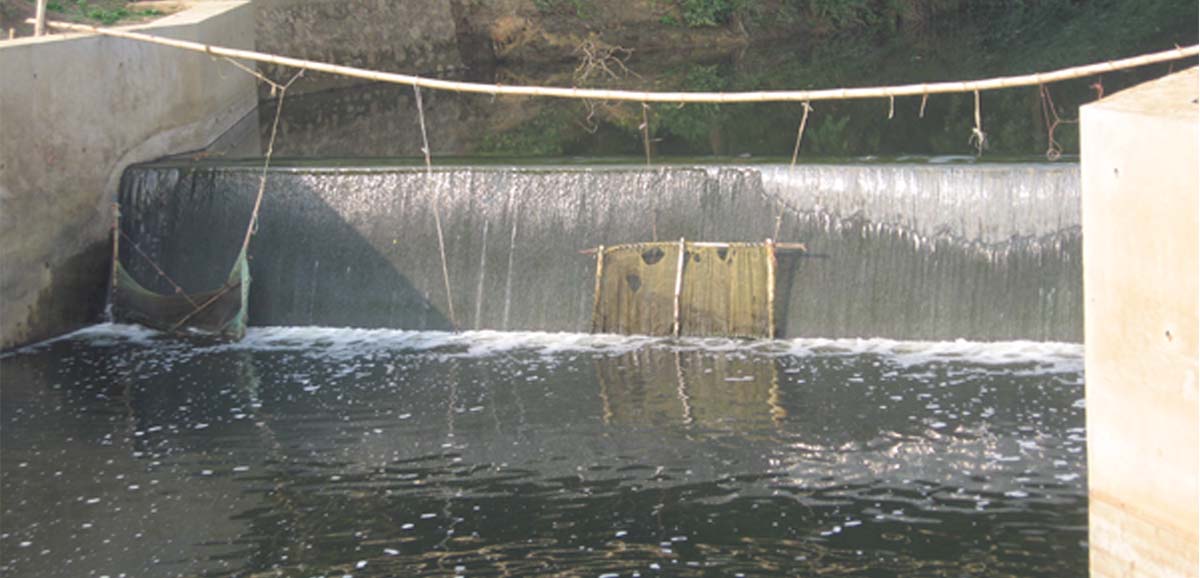Jalatirtha, one of the flagship schemes of the Trinamool Congress Government, was launched by Chief Minister Mamata Banerjee on this day in 2015 to run water conservation projects across the red laterite zone that comprises the districts of Bankura, Jhargram, Purulia, Paschim Medinipur, Paschim Bardhaman and parts of Birbhum.
The Jal Dharo Jal Bharo Scheme, announced in 2011, received a boost with the Jalatirtha Scheme, which is the signature scheme for the red laterite zone. Under both the schemes, water retention structures like ponds, tanks, rivulets have been created to hold water. Steps have been taken so that evaporation does not take place.
The Water Resources Investigation and Development (WRI&D) Department runs both schemes. It has taken up schemes linked to water conservation across a total area of 1.45 lakh acres. The water level is extremely low in these zones and water extraction is very difficult.
Under Jalatirtha, as many as 13,945 projects have been taken up in the last eight years (since 2011) in the red laterite zone, of which 141 are solar-powered.
Among the almost 14,000 projects, more than 900 – structures like watersheds and check dams – have come up under Jalatirtha, including 176 in Bankura, 57 in Birbhum, 75 in Jhargram, 427 in Purulia and 224 in Paschim Medinipur.
The Department has now extended Jalatirtha to the saline zones, particularly in pockets of the Sundarbans, which include both South 24 Parganas and North 24 Parganas.


